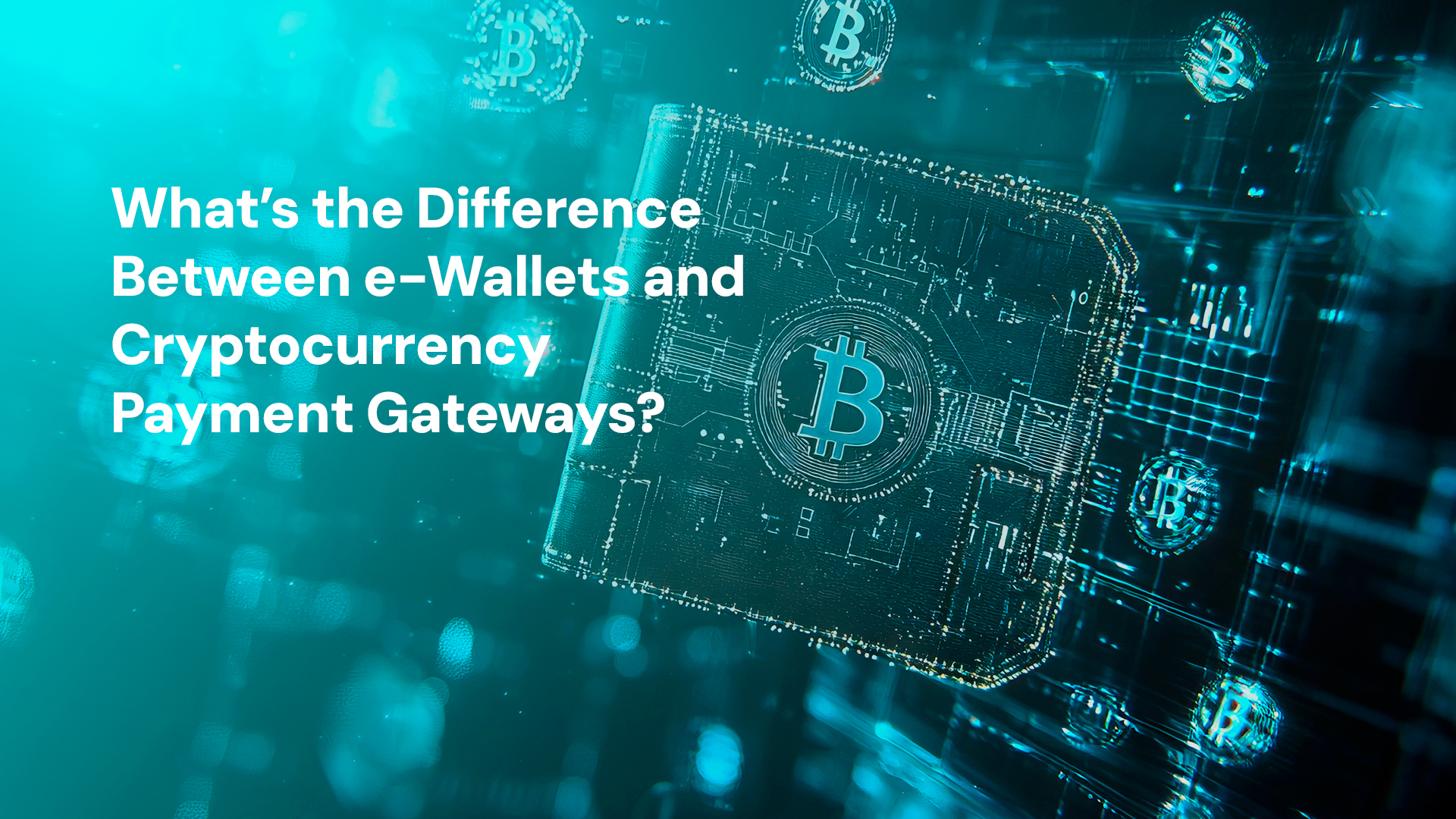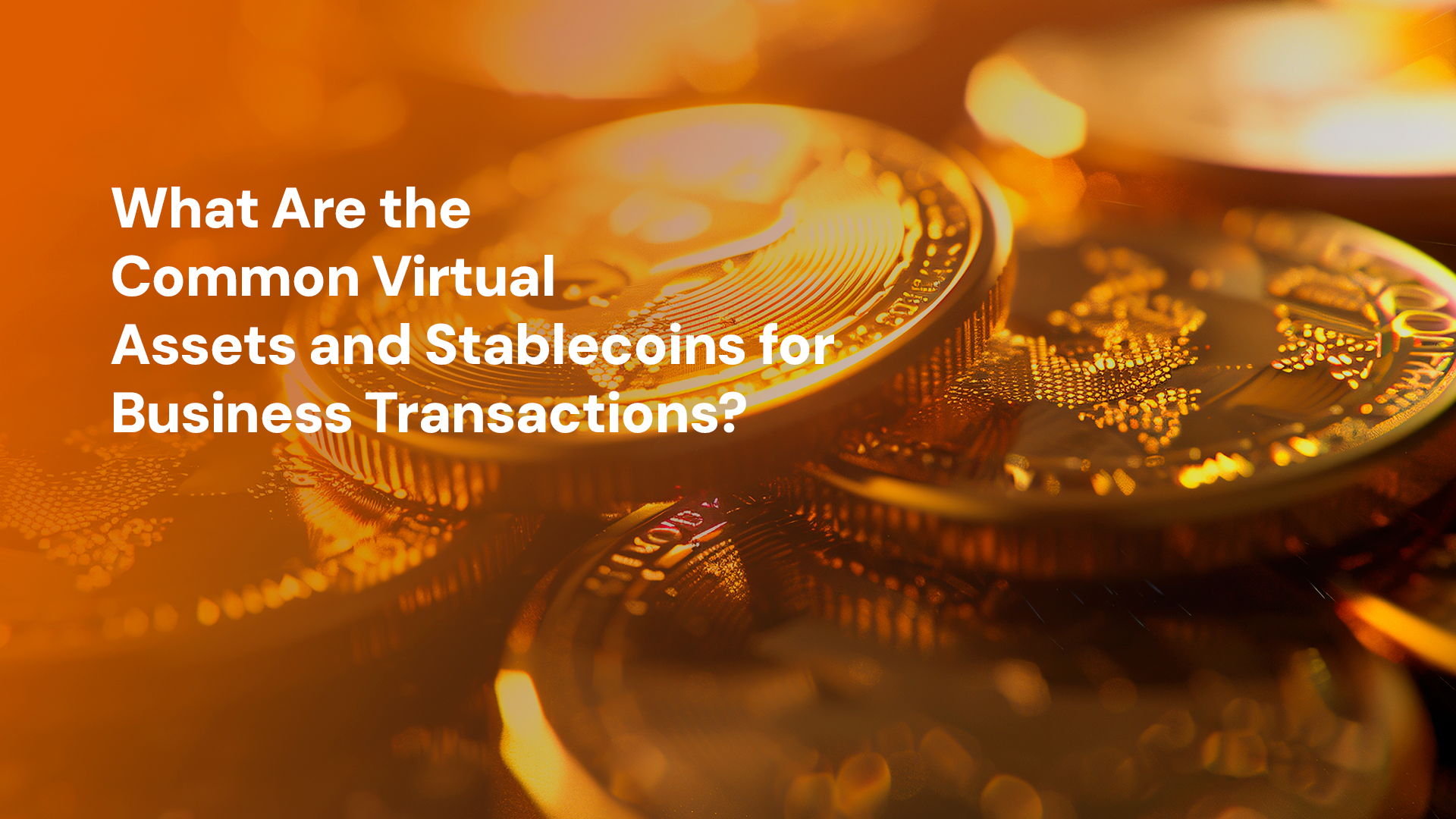COMPANY
Blog
Discover the future of payments on the Bitpace Blog – your destination for innovative payment gateway insights and the evolving landscape of digital finance. Our posts are crafted to explain digital transactions, offering businesses and tech enthusiasts a clear path through the complexities of blockchain and traditional finance integration.
The Impact of Crypto Payments on Retail and E-commerce
Security and fraud protection
Crypto payments improve security due to blockchain technology. Transparency and i…What’s the Difference Between e-Wallets and Cryptocurrency Payment Gateways?
E-wallets and cryptocurrency payment gateways have emerged as pivotal constituents in modern payment systems. Originating as software alternatives to physical wallets, e-wallets store various payment forms, including credit card details, debit card numbers, and bank account information. They utilise technologies such as NFC, MST, or QR codes to facilitate transactions, encrypting and securing the user’s data so it’s accessible only through valid login credentials, eliminating the need to carry physical cards or cash.
How Crypto Payments Are Reshaping the Travel Industry?
The integration of crypto payments revolutionises the travel industry through improved efficiency, heightened security, and enhanced global accessibility. This shift significantly influences travel companies and consumers alike.
Bitcoin’s All-Time High Creates a $20 Billion Digital Asset Portfolio Success
Bitcoin recently achieved a significant milestone, exceeding the $100,000 mark on December 5th. This notable performance resulted in an all-time high of the Bitcoin price, driven by investor optimism and a surge in institutional interest.
This unprecedented rise has propelled Bitcoin’s market capitalisation close to $1.8 trillion, placing it among the largest assets globally. It now ranks seventh or eighth, depending on the source, surpassing traditional assets such as silver and major corporations like Visa, JPMorgan Chase, and Tesla. Currently, Bitcoin holds a market dominance of around 55-60% in the cryptocurrency space.
Bitcoin’s Record-Breaking Rally: Why B2C Businesses Should Expect More Payments in Crypto
Bitcoin’s recent surge in value demonstrates a notable shift in market sentiment, particularly following the 2024 U.S. presidential election. Prices have risen nearly 40% since November 5th, with Bitcoin reaching an all-time high of $103,332 on December 5th, signaling a significant opportunity for businesses to embrace cryptocurrency payments.
Expecting more payments in crypto becomes imperative for you as a business owner. The growing trend of consumers favouring cryptocurrencies stems from various factors. Investors display optimism regarding a more crypto-friendly administration under President-elect Donald Trump, while potential policy changes from a supportive Congress further improve market confidence. Additionally, the announcement of the departure of SEC Chair Gary Gensler, who faced criticism from the crypto community, bolsters sentiment.
How to Accept Cryptocurrencies on Your E-commerce Website Before the Shopping Season?
The shopping season is fast approaching, and for e-commerce businesses, it’s the perfect time to embrace new payment technologies that can attract a broader customer base. Accepting cryptocurrencies on your website isn’t just a trend—it’s a strategic move that offers global reach, faster transactions, and lower processing fees.
In this blog, we’ll guide you through the simple steps to set up cryptocurrency payment options on your e-commerce platform, ensuring you’re ready to capitalize on the growing demand for digital currency transactions this shopping season.
What Makes a Crypto Gateway Payer Experience Good?
A crypto payment gateway is essential for adopting and using cryptocurrencies efficiently. Ensuring a positive payer experience leads to more frequent and confident use of these gateways.
What Are the Common Virtual Assets and Stablecoins for Business Transactions?
The uptake of virtual assets and stablecoins in the business world has been marked by their promise to revolutionise financial transactions. By integrating these digital currencies, businesses can streamline operations, reducing both time and cost.









